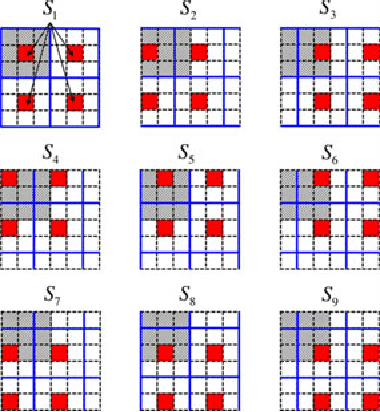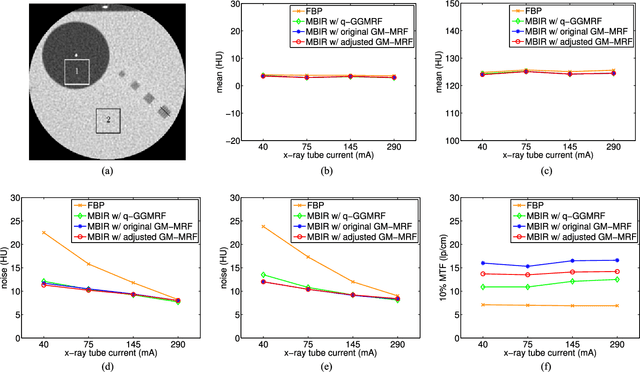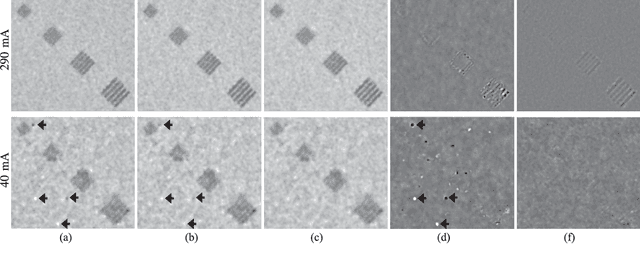Debashish Pal
Scout-Net: Prospective Personalized Estimation of CT Organ Doses from Scout Views
Dec 23, 2023Abstract:Purpose: Estimation of patient-specific organ doses is required for more comprehensive dose metrics, such as effective dose. Currently, available methods are performed retrospectively using the CT images themselves, which can only be done after the scan. To optimize CT acquisitions before scanning, rapid prediction of patient-specific organ dose is needed prospectively, using available scout images. We, therefore, devise an end-to-end, fully-automated deep learning solution to perform real-time, patient-specific, organ-level dosimetric estimation of CT scans. Approach: We propose the Scout-Net model for CT dose prediction at six different organs as well as for the overall patient body, leveraging the routinely obtained frontal and lateral scout images of patients, before their CT scans. To obtain reference values of the organ doses, we used Monte Carlo simulation and 3D segmentation methods on the corresponding CT images of the patients. Results: We validate our proposed Scout-Net model against real patient CT data and demonstrate the effectiveness in estimating organ doses in real-time (only 27 ms on average per scan). Additionally, we demonstrate the efficiency (real-time execution), sufficiency (reasonable error rates), and robustness (consistent across varying patient sizes) of the Scout-Net model. Conclusions: An effective, efficient, and robust Scout-Net model, once incorporated into the CT acquisition plan, could potentially guide the automatic exposure control for balanced image quality and radiation dose.
A Gaussian Mixture MRF for Model-Based Iterative Reconstruction with Applications to Low-Dose X-ray CT
Jun 13, 2016



Abstract:Markov random fields (MRFs) have been widely used as prior models in various inverse problems such as tomographic reconstruction. While MRFs provide a simple and often effective way to model the spatial dependencies in images, they suffer from the fact that parameter estimation is difficult. In practice, this means that MRFs typically have very simple structure that cannot completely capture the subtle characteristics of complex images. In this paper, we present a novel Gaussian mixture Markov random field model (GM-MRF) that can be used as a very expressive prior model for inverse problems such as denoising and reconstruction. The GM-MRF forms a global image model by merging together individual Gaussian-mixture models (GMMs) for image patches. In addition, we present a novel analytical framework for computing MAP estimates using the GM-MRF prior model through the construction of surrogate functions that result in a sequence of quadratic optimizations. We also introduce a simple but effective method to adjust the GM-MRF so as to control the sharpness in low- and high-contrast regions of the reconstruction separately. We demonstrate the value of the model with experiments including image denoising and low-dose CT reconstruction.
 Add to Chrome
Add to Chrome Add to Firefox
Add to Firefox Add to Edge
Add to Edge